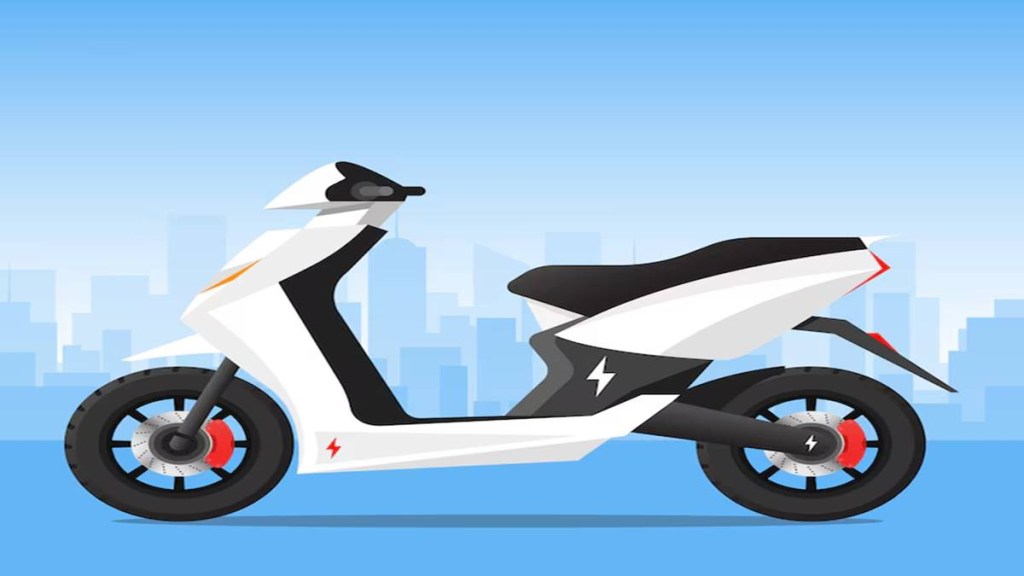Reports indicating that the number of electric two-wheelers for which buyers claimed subsidies dropped to a three-year low this fiscal should not ring any alarm bells. Of around 6.49 lakh e-scooters sold in April-October, subsidy was claimed for about 3.29 lakh, or just over half the units. Compare this with FY24, when of the total sales of 9.48 lakh, 89% of consumers availed subsidy. Similarly, in FY23, the number was 93%. While the number of consumers availing subsidy has declined, the total number of units sold has, in fact, risen by 37% compared to the same period last year. Hence, any talk of policy inconsistency is uncalled for. The subsidies are provided as part of the government’s FAME scheme, which has run two full courses, with the subsidy amount getting reduced in the second iteration from the first.
The third variant of the scheme, which started from October, has been christened as the PM Electric Drive Revolution in Innovative Vehicle Enhancement (PM E-Drive), where the subsidy amount has been cut from a high of 85% in FAME II to 30%. FAME II ended in March, and between April-September, there was an interim scheme known as Electric Mobility Promotion Scheme (EMPS), with a much smaller outlay. So, even otherwise, the total subsidy claimed would have been less. Further, FAME II ran into controversy with allegations that some manufacturers had wrongly claimed the subsidies. As a result, stricter localisation norms as well as audits have been put in place in the PM E-Drive scheme, making it harder for companies to claim reimbursements.
But moving away from the micro details of the subsidy scheme, what’s important is that the new variant underlines a significant evolution in the approach towards fostering electric mobility. While some stakeholders may be concerned about the reduced subsidies compared to the earlier FAME-II programme, this shift underscores a maturing electric vehicle (EV) market and marks a progressive step towards a self-sustaining industry. When subsidies were first introduced, they were a critical enabler for manufacturers as well as consumers. However, as EV adoption has grown and the industry’s technological and manufacturing capabilities have expanded, a recalibration of government support is both logical and necessary. Subsidies are intended to catalyse growth in nascent markets, not to serve as a permanent crutch. By tapering subsidies, the government is sending a strong signal that the sector must now transition to market-driven growth. Electric two-wheeler and three-wheeler segments have already achieved considerable penetration in the market, and the reduced incentives reflect this success.
The decision to introduce strict localisation requirements like mandating over 50% of components to be sourced locally is also a commendable move. This aligns with the government’s broader “Make in India” initiative and aims to strengthen domestic manufacturing capabilities. Such measures are crucial for building a robust and self-reliant EV ecosystem that can compete on the global stage. Further, the phased reduction of incentives over the scheme’s duration follows global best practices. Countries such as Norway and China, leaders in EV adoption, have similarly scaled back subsidies as their markets matured. This way, the government’s approach aligns with the international trend and ensures that public funds are allocated judiciously. As battery costs decline and economies of scale improve, the need for subsidies will diminish naturally. By accelerating this timeline through policies like PM E-Drive, the government has laid down the groundwork for a sustainable and competitive EV market.

